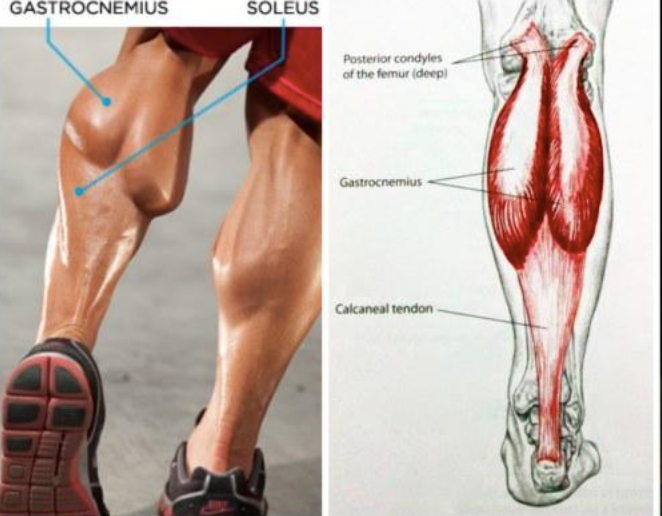Four Keys to Developing Big Calves

The calf muscles can handle a lot of punishment and adapt quickly to weight training. For this reason, several basic practices or “keys” must be in place in any calf routine to insure that the calf muscles will be stimulated sufficiently for growth. Here are four keys that you need to remember in your calf training:
- Use Full Range of Motion – Select your weight to achieve a full contraction at the top and a deep stretch at the bottom of the calf raise repetition. I often see trainers using a weight that’s too heavy, which requires them to shorten the range of motion to lift the weight. If the weight is too heavy, then you will not achieve full contraction at the top of the lift. A full range of motion will keep the muscles under tension longer and improve your flexibility.
- Train Calves 3-4 Times Per Week –Train your calves every other day. Your calves are able to recover faster than other muscle groups and are hard to overtrain. Therefore, you can train them 3 or 4 times per week. A 4th training session per week would occur every other week if you trained your calves every other day. However, make sure that you rest your calves the next day after each training workout.
- Employ Two Different Repetition Schemes–Your calf routines must have a mix of exercises in the 8 to 20 repetition range and exercises in the 20 to 100 repetition range. This is necessary to work the Type II-Fast Twitch fibers AND the Type I-Slow Twitch fibers in the two calf muscles – the gastrocnemius and the soleus. Because the soleus is primarily Type I-Slow Twitch muscle fiber, you should schedule more sets in the 20-100 rep range when doing Seated Calf Raises. For the gastrocnemius, you will attain maximum growth by having a 50-50 split of 8-20 rep range and 20-100 rep range on the Standing Calf Raise, Donkey Calf Raise and Toe Press (Calf Press) exercises.
- Add Variety –You must vary your exercises, rep schemes, and poundages every 1-2 workouts or at least once a week to keep the calf muscles from adapting to the same routine. The calves are designed to adapt very quickly to the stresses applied. Calf muscles respond best when there’s a new stress applied frequently. Keep the calf muscles guessing by changing your exercises and exercise variables.

